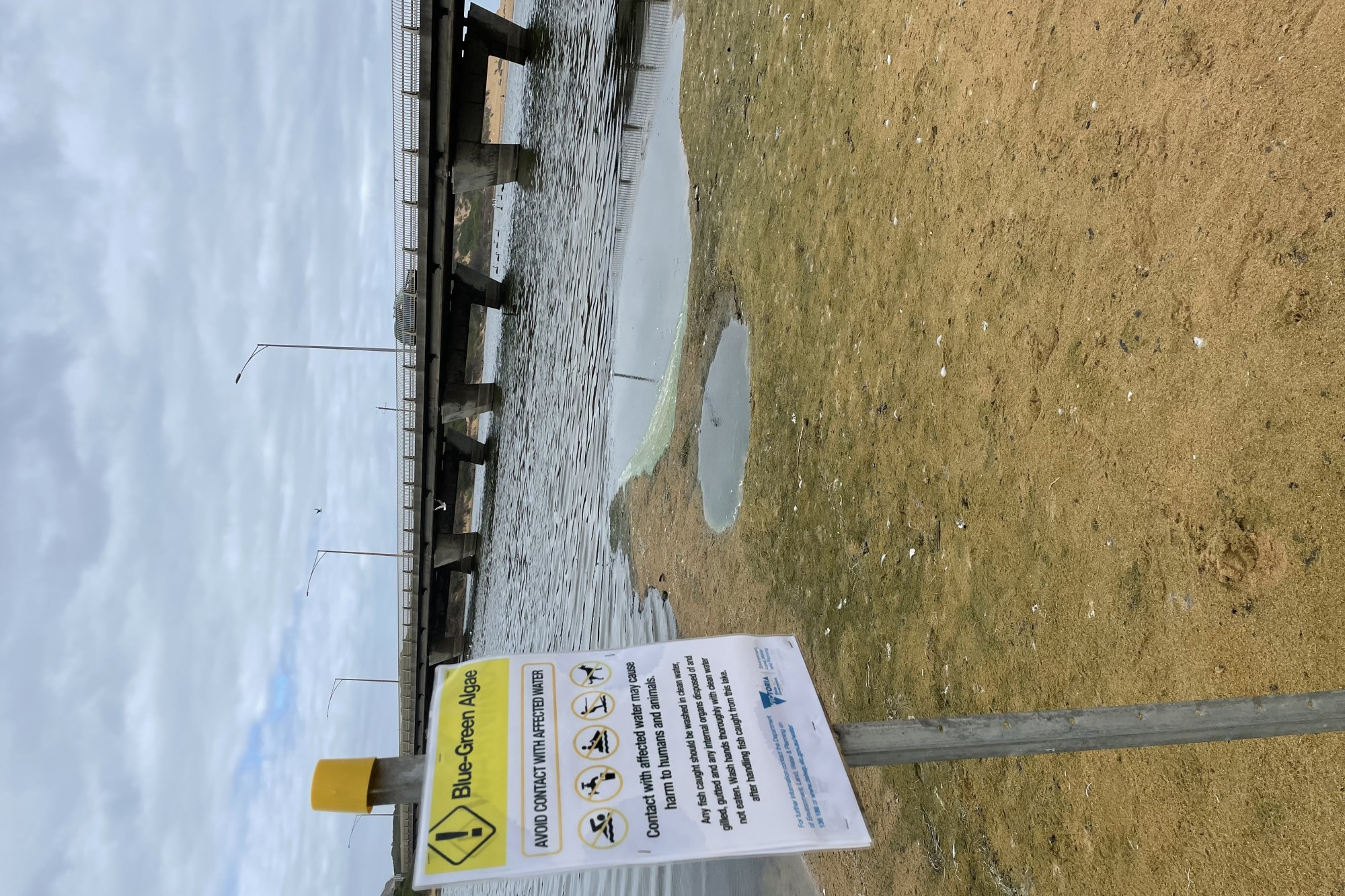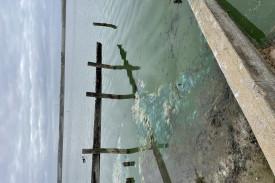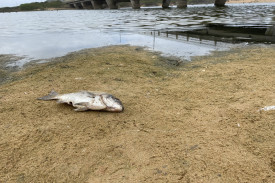General News
26 April, 2022
VRFish calls for full report into catastrophe
VICTORIA’S recreational fishing peak body condemned the lack of detailed response from State Government managed agencies to the disaster unfolding in the Curdies River.

VICTORIA’S recreational fishing peak body condemned the lack of detailed response from State Government managed agencies to the disaster unfolding in the Curdies River.
The Curdies River is one of Victoria’s premier Black Bream and Estuary Perch recreational fisheries, with a long history of competitive and recreational fishing.
Recreational fishers have invested hundreds of thousands of dollars of their fishing and marine licence fees on improved access, fish stocking and fishhabitat improvement.
VRFish chair Rob Loats said the current handpassing of blame between state government agencies, including the EPA, will not fix this issue.
“Nor will putting heads in the sand. This type of response is utterly unacceptable to Victoria’s recreational fishing community,”he said.
“VRFish, as the recognised Recreational Fishing Peak Body expects to receive a full and comprehensive report detailing the cause of this catastrophe and what remedial action is being taken."
“We’re watching thousands of native fish go belly up and now dead cattle floating downthe river."
“This is not a small, limited fish kill as stated by DELWP or a natural event as stated by the Corangamite CMA.”
Mr Loates said the condition of the river was “an unmitigated disaster,” which was foreseen decades ago in risk assessments and catchment strategies ever since.
“If taxpayer funded agencies cannot respond in an appropriate manner, then it’s time for the current government to direct funding to agencies that can,” he said.
“The Victorian community deserves better than a premier fishing destination being turned into a drain with shrugged shoulders as the response."
“The Minister responsible for Energy, Environment and Climate Change Lily D’Ambrosio must intervene and give this issue due diligence."
“I can only suggest that instead of signing off on new parks that lock recreational fishers out of waterways, that the Minister direct her attention to this disastrous environmental issue that she has a legislative obligation to remedy, let alone prevent.”
According to a DELWP spokesperson, DELWP and its partner agencies, EPA Victoria, Wannon Water and the Corangamite CMA were aware of the ongoing toxic blue green algae (BGA) bloom impacting the Peterborough Coastal Reserve and Curdies River.
“Blooms of BGA are common in waterways like this due to changes in water levels, nutrient inflows and temperature,” the spokesperson said.
“The bloom is expected to take some time to clear until there is significant rainfall and cooler temperatures.”
The spokesperson said the dead cattle were removed from the waterway over the weekend.
Community concerns over a possible fault at the Peterborough treatment plant being the cause of the outbreak were refuted.
Wannon Water general manager assets and service delivery Simon Hermans said the current blue green algae bloom reported in the Curdies River was not connected to the Peterborough Sewage Treatment Plant.
“Wannon Water does not source water from the Curdies River as part of its drinking water supply system,” he said.
“As a requirement, we routinely sample all recycled water at our sewage treatment plants, including prior to irrigation, and conduct regular site visits and inspections of our facilities to ensure structural integrity.”
Wannon Water implemented the Peterborough Sewerage Scheme in 2006 with the main aim of reducing environmental impacts on the Curdies Estuary.
Prior to that, there were reportedly high effluent flows and nutrient loads running into the river from poorly maintained septic tanks on private properties and from surface sullage drainage.
The Peterborough Sewage Treatment Plant, built as part of the scheme, has large lagoons that can store all the town’s treated wastewater with capacity to meet the needs of future development.
Wannon Water is engaged by the Department of Environment, Land, Water and Planning to test waterways for blue green algae when required as part of the department’s monitoring program.
The DELWP spokesperson said Wannon Water have tested the water to confirm toxic blue green algae was present and was the cause of the fish deaths.
“Wannon Water have confirmed there are no faults at the Peterborough treatment plant and have not received any reports related to sewerage,” the spokesperson said.

